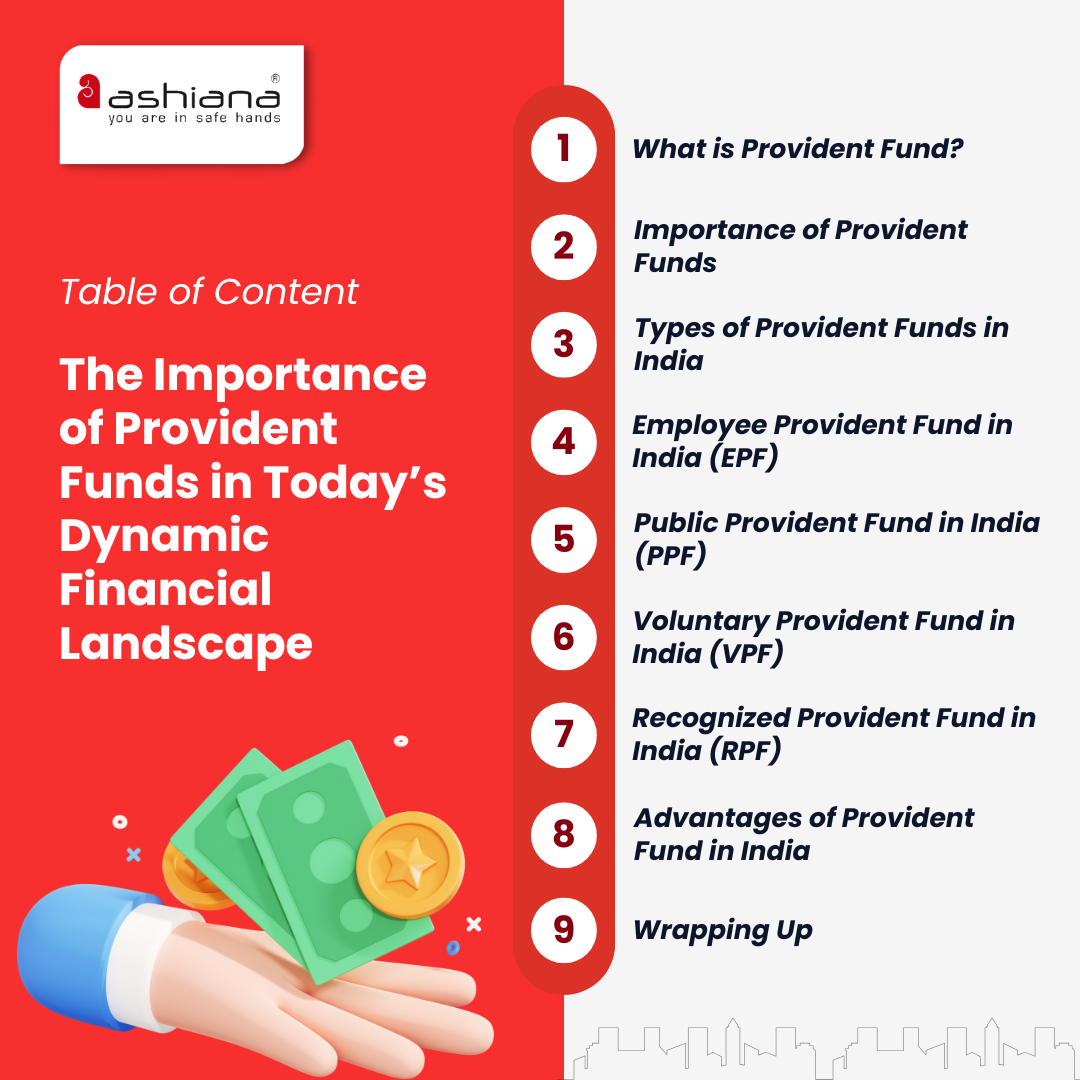

In the long run, the sum deposited towards the employee provident fund helps to build a healthy retirement corpus. Such a corpus would extend a sense of financial security and independence to them after retirement.
PF contributions help build a retirement corpus giving you financial stability in your after-service years. You can fall back on this corpus to meet medical expenses and living costs or take a holiday.
Your EPF savings serve as an assurance for your loved ones in times of need, including funeral arrangements, underscoring the comprehensive support provided by your EPF contributions during challenging times.
Ashiana, Ashiana Housing build homes. Homes surrounded by vast green spaces and fresh breeze. Homes cocooned in secured gated complexes. Homes where futures are forged and there are opportunities to grow. And Homes in environments brimming with healthy activity, trust and respect. At heart, we build communities with care.
Other posts by Ashiana
Join 1000+ of fellow readers. Get expert real estate knowledge straight to your inbox absolutely free. Just enter your email address below.